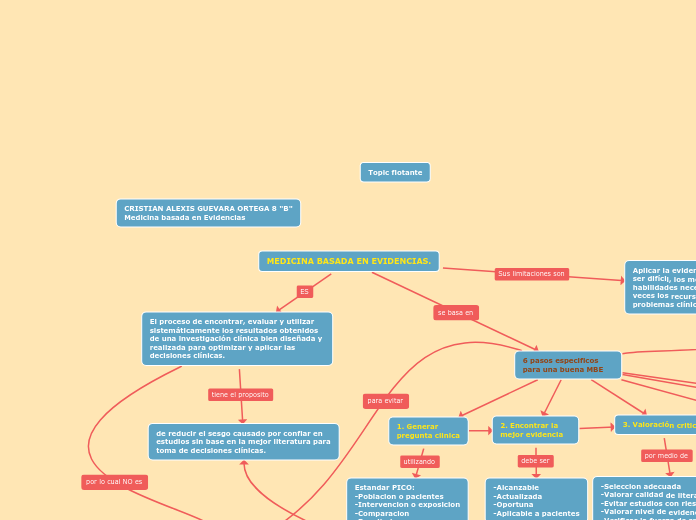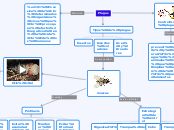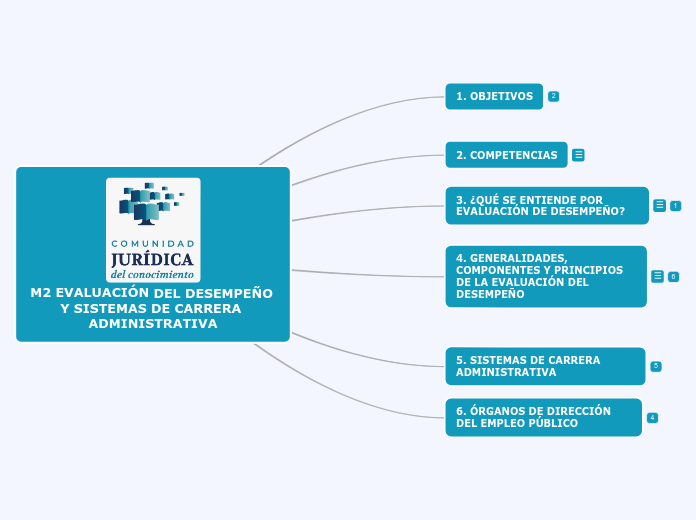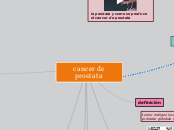TRASTORNO POR DÉFICIT DE ATENCIÓN E HIPERACTIVIDAD
Enter your organization name
Begin by typing in your organization's name, and pressing Enter.
CARACTERÍSTICAS
HIPERACTIVIDAD
Hace ruiditos con la boca o tararea.
Habla excesiva
Le cuesta entretenerse o dedicarse a
actividades tranquilas.
Realiza movimientos frecuentes de
pies y manos.
IMPULSIVIDAD
Dificultades para controlar sus emociones
y pensamientos.
Dice cosas en momentos poco oportunos.
Responde a preguntas antes de que
se le hayan acabado de formular.
Dificultades para pensar antes de
actuar.
DIFICULTADES DE ATENCIÓN
Olvida sus obligaciones cotidianas
Pierde u olvida cosas necesarias
Problemas para mantener la atención
hasta finalizar sus tareas.
Dificultad para ordenar sus tareas
TIPOS
Diversification strategies aim for growth with new products in new markets.
In general, the indicators for and against diversification strategies are a combination of indicators for both market development and product development strategies.
Trastorno por déficit de atención/hiperactividad,
tipo hiperactivo/impulsivo
Trastorno por déficit de atención/hiperactividad,
tipo desatento, con predominio del
déficit de atención
Trastorno por déficit de atención/hiperactividad,
tipo combinado
ETIOLOGÍA
Market development strategies aim for growth with existing products in new markets.
Investigaciones existentes
Riegos durante la gestión
Exposición a agentes químicos
Complicaciones en el parto
Lesiones cerebrales
Partos distócicos
Consumo de drogas
Genética
Puede ser transmitida de familiares inmediatos
Gen D4
Gen DATI
Bases neurobiológicas
Add an indicator that a ETIOLOGÍA strategy may not be appropriate.
Typical negative indicators can include:
- Low tolerance to medium risk investment (opening up new markets)
- Strengths are based in your market or segment experience rather than the product
- Product is in decline, regardless of market
Anomalías neuroquímicas
Cuerpo calloso y cerebelo
Ganglios basales
Cortex prefrontal
Aún se encuentra e investigaciones
No se define una sola
Add an indicator that a ETIOLOGÍA strategy could be appropriate.
Typical indicators include:
- Products could be applied in different markets with different targetting
- Strengths are based on the product rather than a specific market
- Low capacity for new product development
CONCEPTO
Market penetration
Market penetration strategies aim for growth with existing products in existing markets.
Las manifestaciones tienen un impacto en sus áreas de desarrollo
Trastorno caracterizado por la presencia de
Conductas
Add an indicator that a CONCEPTO strategy could be appropriate.
Typical indicators include:
- Opportunities on current markets to increase market share by displacing competitors
- Current market is still growing and products are competitive
- No major threats are on the horizon (new competitors, new technology, trends)
Desorganización
Inatención
Impulsivas
Hiperactivas
INTERVENCIÓN
PSICOEDUCATIVA EN EL AULA
Posibles adaptaciones escolares
Plantear tareas que requieran una respuesta motora
activa.
Presentar las tareas de forma novedosa.
Dar un tiempo extra para los exámenes.
Uso de agenda individualizada.
Bajar el nivel de dificultad de las tareas
Pautas para los profesores
Elogiar al niño a menudo y sin demora.
Establecer normas claras
Fortalecer una relación positiva con el niño
Estructurar y variar las lecciones.
Tener información del trastorno
VENTAJAS
Previene los riesgos de la impulsividad.
Mejora el rendimiento académico.
Mejora la relación con los iguales.
PROPÓSITO
Mejorar el entornor
Familiar
Escolar
Disminuir los factores de riesgo
TRATAMIENTO MULTIDISCIPLINARIO
Psicofarmacológico
Psicoestimulantes
Logopeda
Neurólogo
Psicólogo infantil
Psicólogo clínico
Pediatra
EVALUACIÓN
Product development strategies
Product development strategies aim for growth through the development of new products in existing markets.
VARIABLES INFLUYENTES
EMPEORAMIENTO
Cuando la supervisión es mínima.
Las actividades son repetitivas.
DETECCIÓN
Se recibe atención individual.
Entorno es muy estructurado.
EVALUACIÓN EN EL CONTEXTO ESCOLAR
Cuestionario de evaluación de las habilidades sociales en clase
EVALUACIPON DEL CONTEXTO FAMILIAR
Escala de problemas de conducta para padres (EPC)
Add an action you can take towards a EVALUACIÓN strategy. Think about:
- How can you make the most out of your customer base?
- What improvements can you make to existing products?
- How can you stand out from your competitors?
EVALUACIÓN SOCIOEMOCIONAL
Evaluación del desempeño académico
Prueba de lenguaje oral Navarra-Revisada
(PLON-R)
Ansiedad/depresión
CAS: Cuestionario
de ansiedad infantil
Autoconcepto/autoestima
A-EP: Cuestionario de evaluación de autoestima
en educación primaria
EVALUACIÓN NEUROPSICOLÓGICA
Atención
Tarea de atención sostenida en la infancia
Memoria de trabajo
Subprueba de dígitos del WISC-R del Wechesler
Organización y planificación
Test de copia de una figura compleja de Rey
Control inhibitorio
Test de colores y palabras de Golden
Stroop.
Flexibilidad cognitiva
Add an indicator that a EVALUACIÓN strategy may not be appropriate.
Typical negative indicators can include:
- Low tolerance to medium risk (investment in new products)
- Already well-differentiated from competition
- Feedback from other analyses
WCST: Wisconsin Card sorting Test Computer
Test de inteligencia
Add an indicator that a EVALUACIÓN strategy could be appropriate.
Typical indicators include:
- The need to increase differentiation from your competition
- Your products are in decline
- Strengths are based on customers, not product
Escalas WECHSLER









